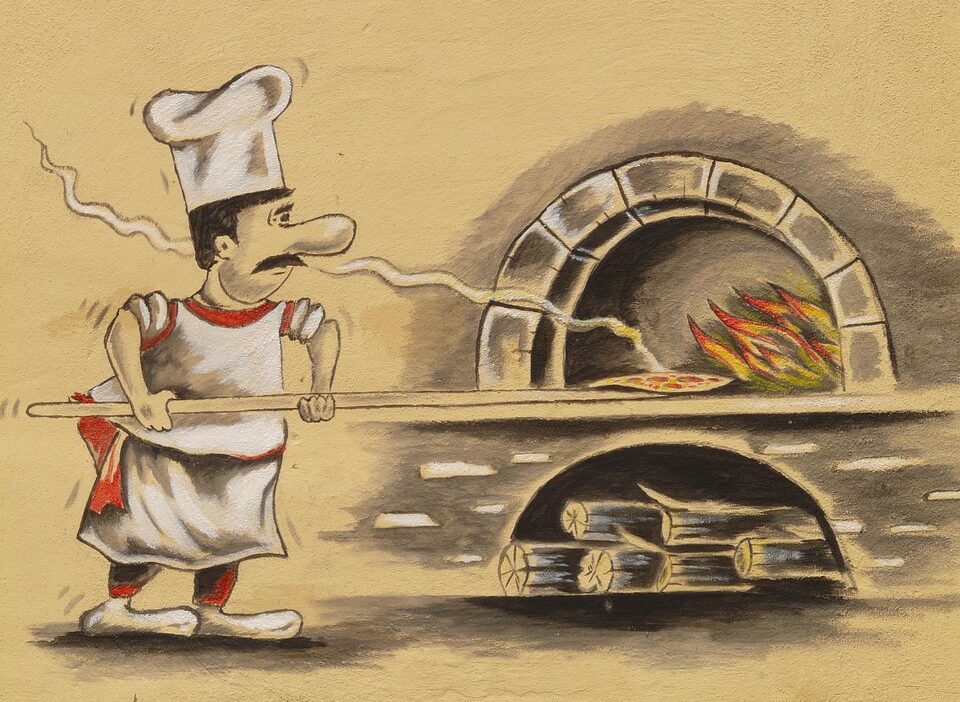In kitchens across the globe, family recipes serve as cherished artifacts, holding memories of warmth, connection, and love. These culinary heirlooms often carry stories of past generations and traditions. However, as culinary landscapes evolve, home chefs are embracing the challenge of reimagining these classic recipes, merging tradition with contemporary flair to create a vibrant tapestry of flavors.
The Essence of Tradition
Family recipes usually originate from a familiar source—the grandmother’s kitchen, a beloved family gathering, or even a cultural celebration. These dishes often encapsulate not only the ingredients but also the stories and techniques passed down through generations. They form the very fabric of our culinary identity, often evoking nostalgia and comfort. Yet in this era of globalization and hybrid cultures, these recipes are ripe for innovation.
The Art of Reimagination
Home chefs today are harnessing creativity to evolve family recipes. This process often starts with the question: "How can I make this my own?" This inquiry leads to exciting experiments with flavors, techniques, and presentations.
1. Fusion Flavors
A popular trend is the fusion of different culinary traditions. For instance, a traditional Italian lasagna may be transformed into a Mexican lasagna by layering tortillas with spiced beef, beans, and cheese. The bold new flavors can breathe new life into a beloved classic while paying homage to its roots.
2. Healthier Alternatives
As awareness of nutrition rises, many home chefs are reworking family recipes to create healthier versions. A classic macaroni and cheese can be reimagined using whole grain pasta, low-fat cheeses, and added vegetables like spinach or broccoli. This not only makes the dish more nutritious but also ensures that the tradition can be enjoyed by health-conscious generations.
3. Seasonal and Local Ingredients
Modern cooking emphasizes the importance of seasonal, local produce. Home chefs are adapting family recipes by incorporating what’s currently in season. A hearty stew, once made with specific meats and vegetables, may now feature local root vegetables and available cuts of meat, allowing for more sustainability and freshness in the dish.
4. Plant-Based Versions
With the increasing popularity of plant-based diets, traditional recipes are also undergoing transformations. Meatloaf, for instance, can be remade using lentils or mushrooms, while classic Italian Bolognese may find a new identity with a base of lentils, walnuts, and a rich tomato sauce. These adaptations not only broaden the appeal of the dish but also honor the original flavors in a modern context.
5. Global Inspirations
The world is more connected than ever, and home chefs are embracing global cuisines as inspiration for reinterpreting family recipes. A simple pancake recipe passed down through generations may evolve into a Thai-inspired coconut pancake infused with pandan leaves and served with a mango salsa. This global perspective not only enriches the dish but also fosters culinary diversity.
Sharing the Story
While the ingredients and techniques may shift, one constant remains—the essence of stories that lie behind family recipes. Home chefs are encouraged to share these narratives alongside their reimagined dishes. Social media platforms, blogs, and community cooking classes serve as ideal avenues for sharing the tales, creating a communal space where food becomes a bridge between generations.
Conclusion
Family recipes reimagined are more than just updated versions of beloved classics; they represent the evolution of culture, family, and individual expression. Home chefs embracing tradition while experimenting with modern influences breathe new life into culinary heritages, ensuring that these recipes remain as relevant today as they were yesterday. The kitchen is no longer just a place for cooking; it’s a vibrant space for creativity, discovery, and a celebration of our shared culinary history. So, whether you’re flipping through your family’s old recipe book or experimenting with new ideas, remember that each dish tells a unique story—a delicious dance of past and present.



